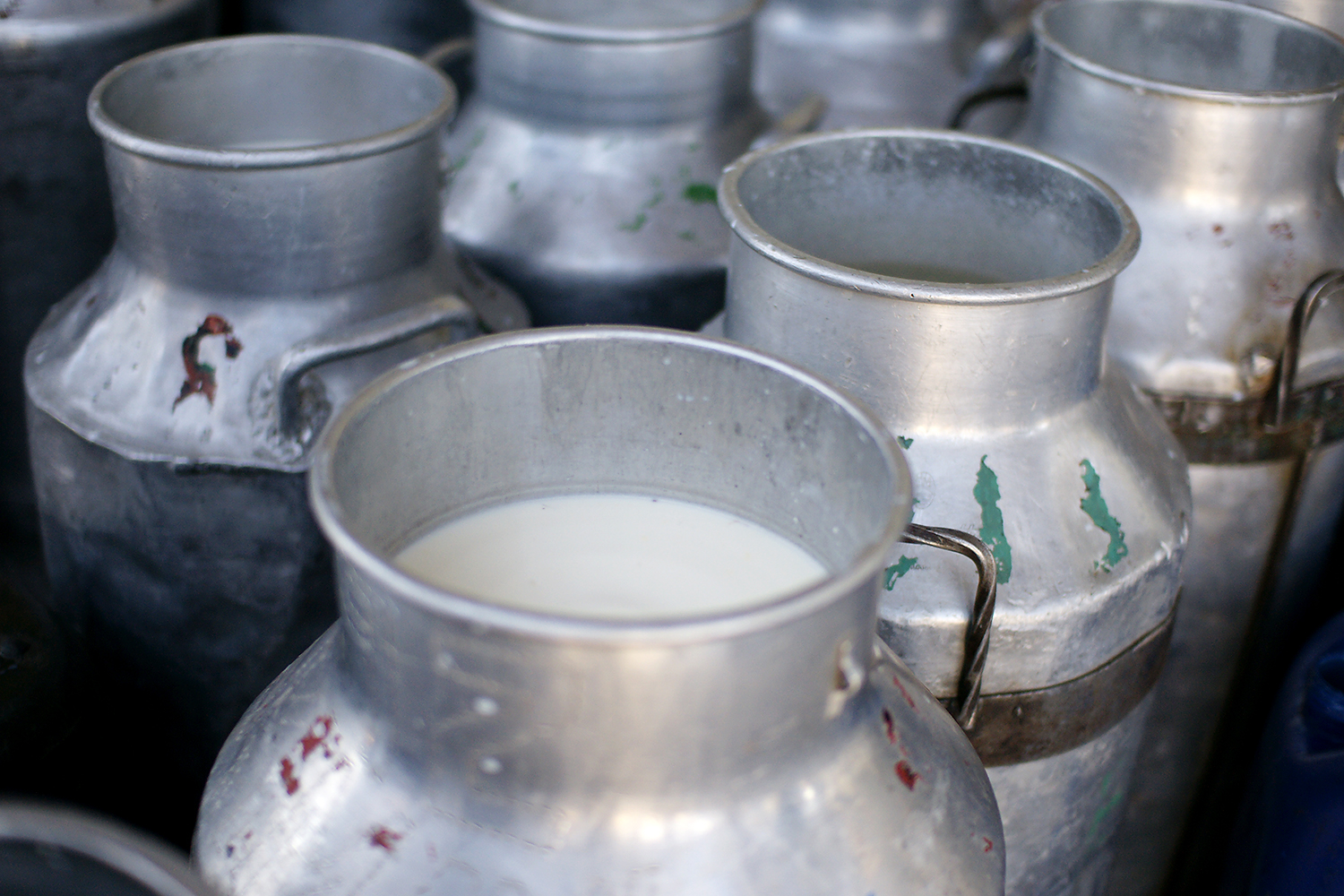Foodborne disease is an important and often underrecognized public health concern in low- and middle-income countries around the world, including Kenya.
While comprehensive national statistics on the foodborne disease burden are not available, the best available evidence from the region indicates that diseases transmitted via contaminated food have a greater impact on public health in Africa than either tuberculosis or diabetes.
Beyond its contribution to illness and death, foodborne disease also plays a role in child stunting, which remains a persistent problem in Kenya, affecting 16% of children.
A chapter in a new book (Dec 2023) published by the International Food Policy Research Institute, Food systems transformation in Kenya: Lessons from the past and policy options for the future, reviews recent evidence on the major food safety risks affecting Kenya and discusses strategies for addressing these.
The authors of the chapter are affiliated with the International Food Policy Research Institute, the International Livestock Research Institute and the University of Nairobi.
The chapter begins by introducing the major categories of foodborne hazards and discussing evidence from Kenya on the prevalence and sources of these hazards in the key affected value chains, after which it describes the current regulatory structure and challenges to effective governance.
Finally, it identifies opportunities for public action to reduce Kenya’s foodborne disease burden, including through engagement of the small-scale, informal businesses that dominate Kenya’s food supply but to which standard regulatory tools are ill-suited.
The chapter closes with a summary of recommendations.
Citation
Hoffmann, V., Alonso, S. and Kang’ethe, E. 2023. Food safety in Kenya: Status, challenges, and proposed solutions. IN: Breisinger, C., Keenan, M., Mbuthia, J. and Njuki, J. (eds), Food systems transformation in Kenya: Lessons from the past and policy options for the future. Washington, DC: IFPRI. pp. 105–130.
Photo credit: Milk cans at Ol Kalou Dairy Plant, Kenya (ILRI/Paul Karaimu)

